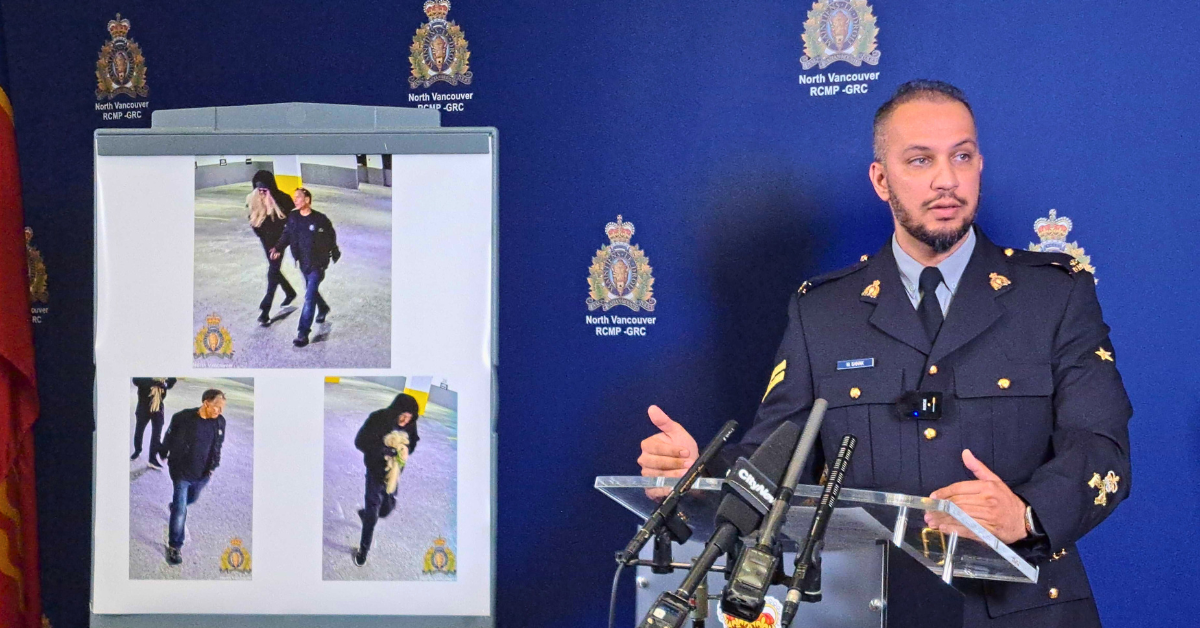You’re not just speaking for the RCMP, you’re speaking with the community.
Cpl. Mansoor Sahak
The first time RCMP Cpl. Mansoor Sahak encountered a police officer, he was a young boy living in Pakistan after his family had fled the war in Afghanistan. One day, when his sister needed urgent dental care, his father drove them to the clinic and parked outside. Before they could get out of the car, an officer approached and questioned them about their parking. The interaction felt tense and intimidating to young Mansoor, leaving a lasting impression of how authority could sometimes feel distant or unwelcoming.
A few years later, after Mansoor and his family had settled in Canada, he had a very different experience. When he was in Grade 7, a Burnaby RCMP Member visited their home after a window had been broken. Mansoor remembered the officer as tall, respectful, and approachable. This positive encounter sparked a new perspective and planted the idea that he could one day help build trust and connection in the community.
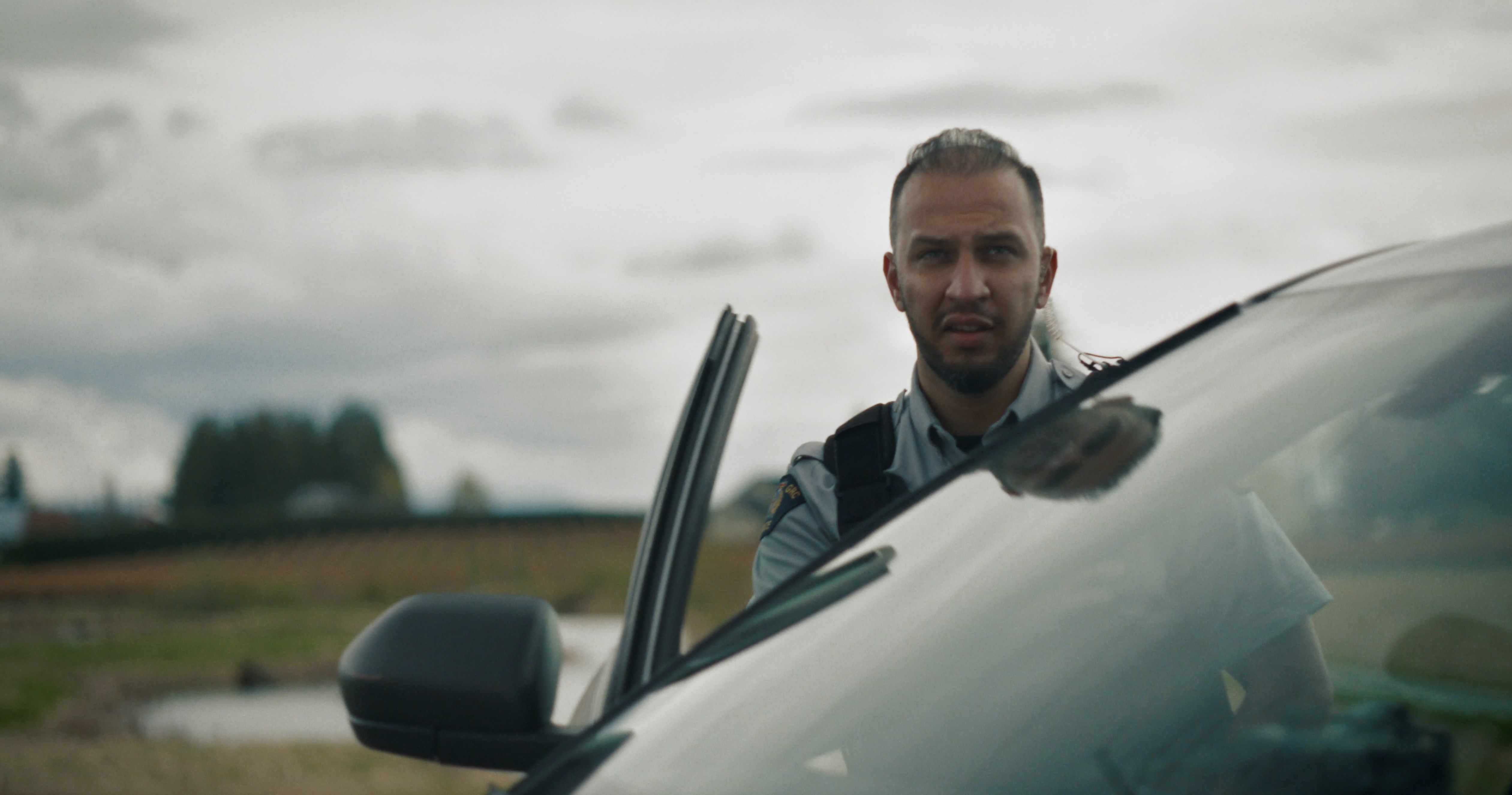
Today, Cpl. Sahak serves as a Member with the RCMP, helping shape how policing is seen and experienced. As the Media Relations Officer (MRO) for North Vancouver RCMP, he’s often the first voice the public hears when a story breaks, and a key figure working to connect officers and the communities they serve.
For him, the role is about more than communication, it’s about rewriting the story for every newcomer, every young person, and every community member who deserves to see themselves reflected in the uniform.
Building bridges
If you ask Cpl. Sahak what drives him in his role as a Media Relations Officer, his answer is immediate and sincere: “It’s about building bridges between police officers and the community, and between the public and the truth.”
Since joining the RCMP in 2017, Cpl. Sahak has made it his mission to humanize the work of frontline officers and strengthen the relationship between the RCMP and the diverse communities they serve. As an MRO, he serves as the public voice of his detachment, sharing news updates, safety information, and powerful stories of connection on camera, through media releases, and directly with reporters.
Representation matters
Born in Afghanistan, Cpl. Sahak speaks Pashto, Dari, some Farsi, and English. For many newcomers in North Vancouver, his presence offers something invaluable: a sense of safety and familiarity in moments that can often feel frightening or uncertain.
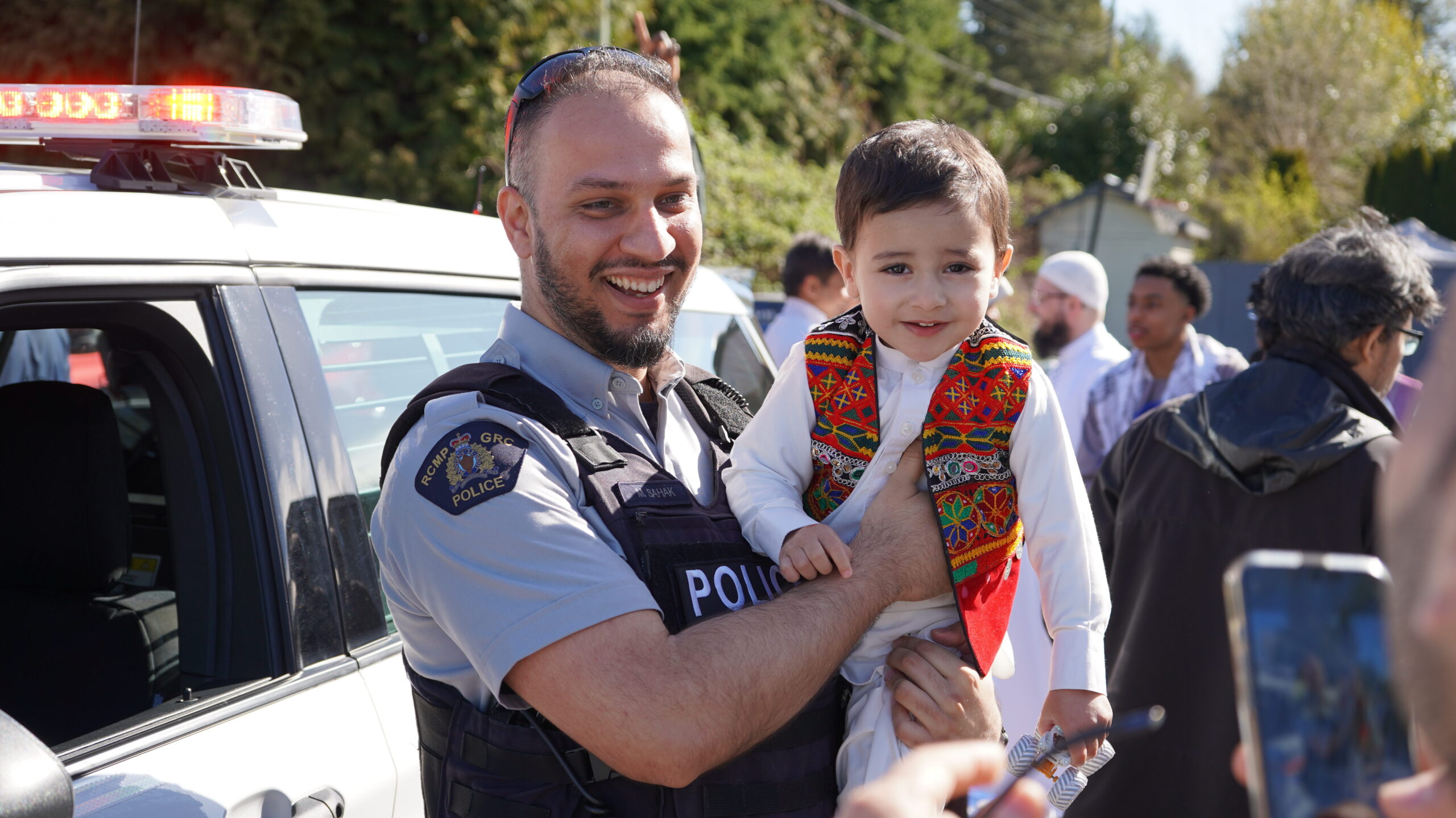
“It plays a huge role,” he explains. “When you work with people from immigrant communities, it really helps when they see someone who understands their lived experience. Not just linguistically, but culturally too. That mutual understanding breaks down barriers and builds trust. It means everything.”
He recalls the aftermath of the tragic mosque shooting in 2019 in Christchurch, New Zealand, an event that left Muslim communities around the world shaken. At the time, Sahak was on general duty and chose to attend Friday prayers at a local mosque.
“While the community prayed, I stayed and safeguarded the room. People came up to me after and thanked me. There was a mutual respect and understanding through a difficult time.”
It was a simple act, but one that resonated deeply. “It’s those moments that last. Now there’s a relationship there. They know we’re here for them.”
The role of a Media Relations Officer
It’s simple: the public is entitled to know what police do. Not just in emergencies, but in the everyday moments that rarely make headlines. These updates, stories, and behind-the-scenes work demonstrate transparency and build trust.
A typical day for Cpl. Sahak starts with media inquiries—reporters reaching out about incidents, community questions, or requests for interviews. He coordinates with investigators, drafts and reviews media releases, and checks in regularly with officers and leadership across the detachment.
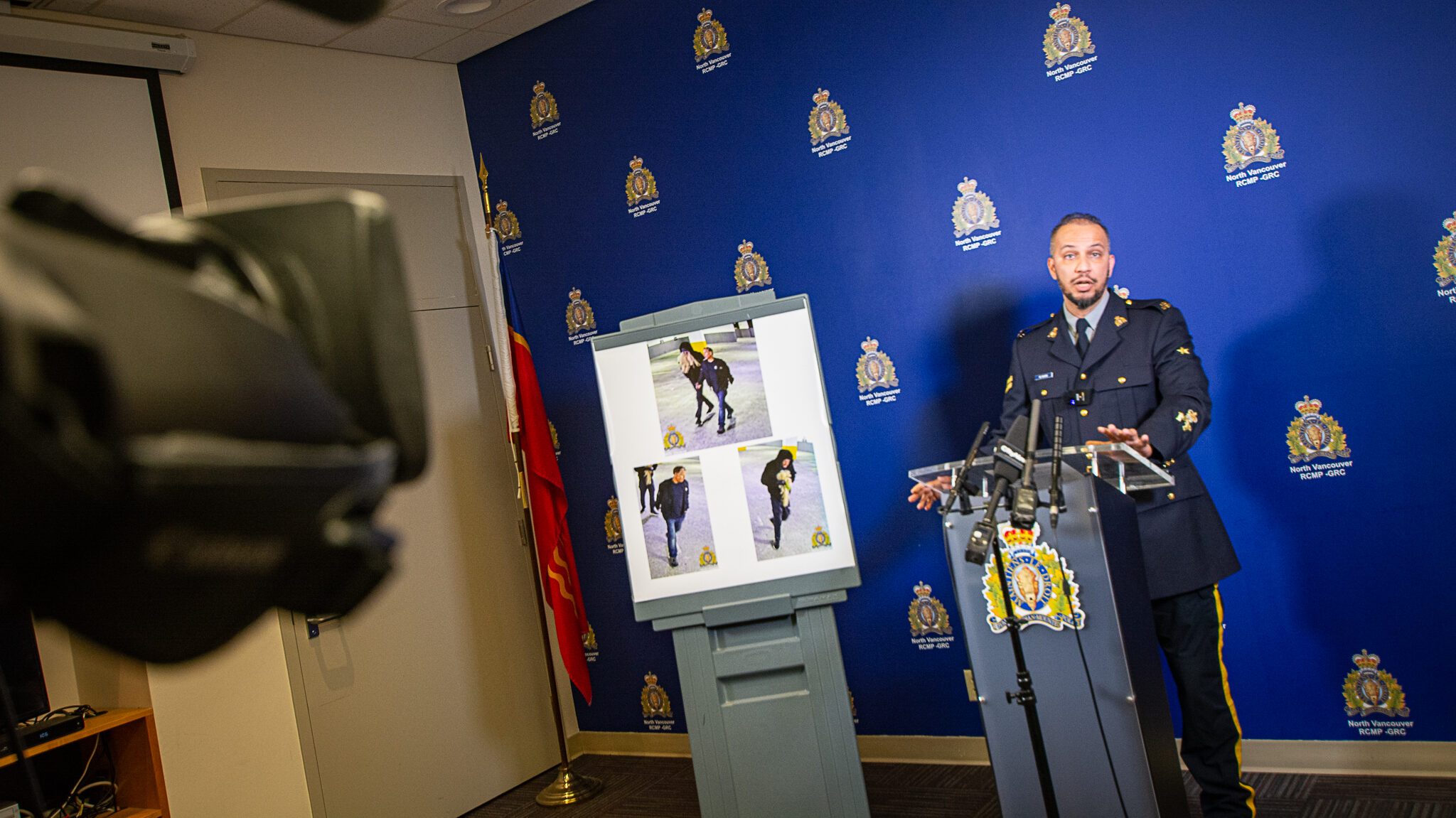
“There’s incredible work happening every day that people don’t see. My job is to highlight that. Whether it’s a traffic stop, a major arrest, or a community event, I want to show the public what their officers are doing to keep them safe.”
While speaking on camera can be intimidating for some, Mansoor has grown into the role with enthusiasm. “The training you get as an MRO is excellent, and you’re never alone. I’ve built strong relationships with reporters and camera crews. They want to get the message out properly, just like we do.”
Advice to future MROs: Don’t count yourself out
Asked what he’d say to other RCMP Members considering the spokesperson path, Sahak is encouraging.
“If you’re passionate about community and communication, you should try it, even if it seems intimidating. The support is there, the training is excellent, and the work is meaningful. You’re not just speaking for the RCMP, you’re speaking with the community.”
Looking ahead
Cpl. Sahak hopes the future of policing continues to focus on strong community relationships, mutual understanding, and ensuring the right resources are in the right places.
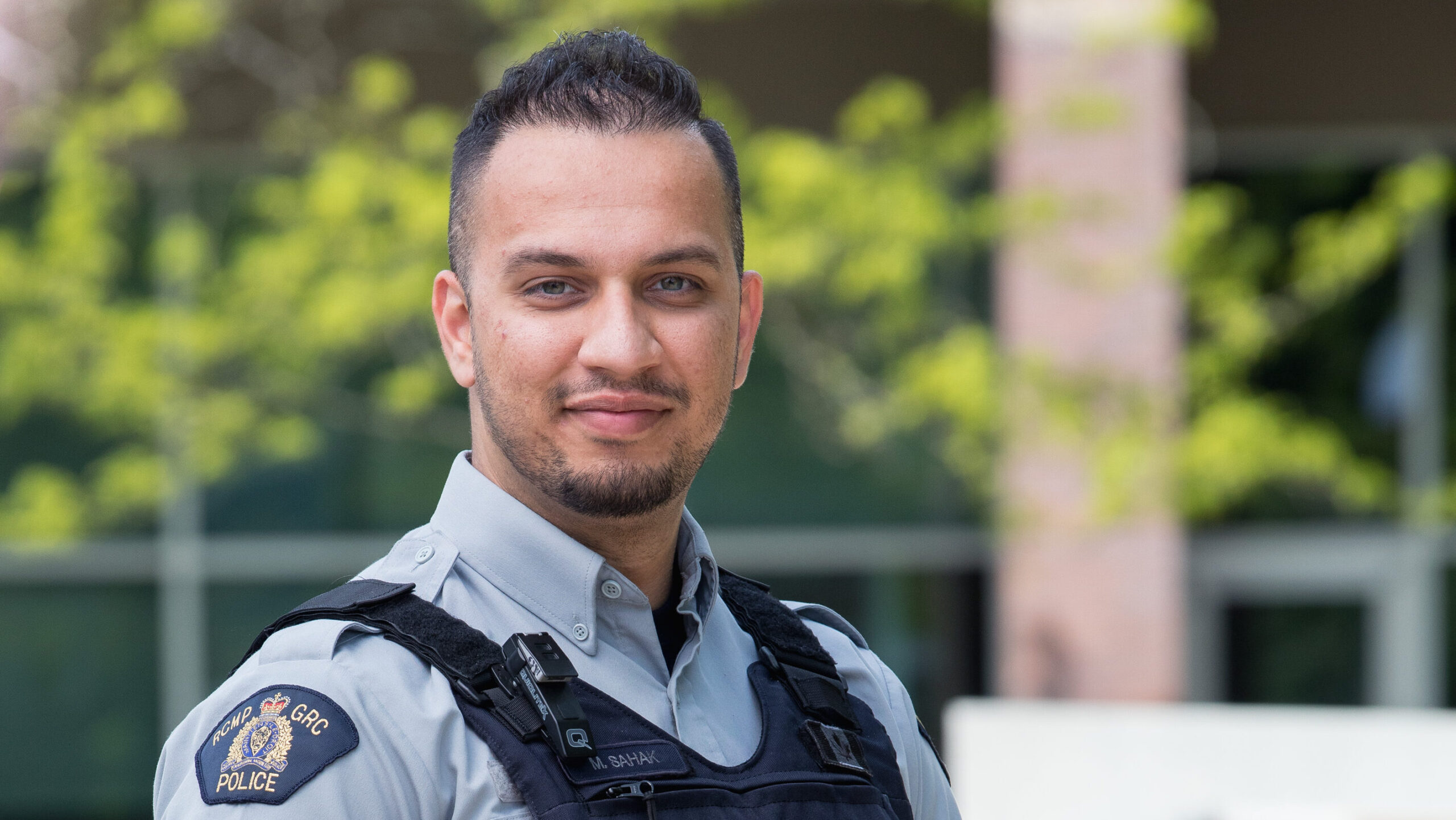
“Officers are expected to be everything: counsellor, social worker, enforcer. We need to look at where we’re sending police and why, and make sure we’re supporting both officers and the people they serve.”
As for his own future?
“I love this work. I’m proud to do it. As long as I’m passionate about it—and I am—I’ll keep showing up.”


